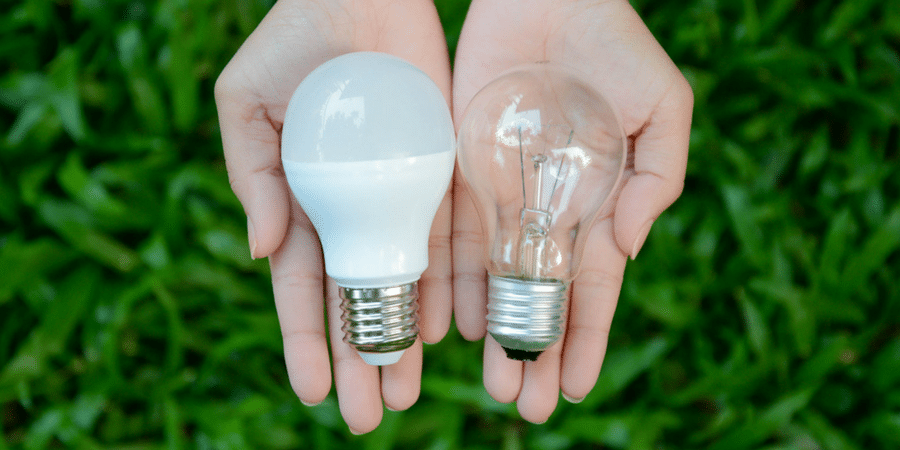Ruminating on (il)luminating
I’ve been away from light bulb shopping for a while. The little storage cabinet in our house had a nice supply of normal light bulbs which, like everything we buy at Costco, came in generous quantities. Unlike the Costco bags of lemons or garlic cloves which trick you into thinking they are a good buy, only to have half of each bag to spoil long before you could possibly use that many lemons or garlic cloves, Costco light bulbs don’t spoil and actually are a good buy. We had Costco 40 watt, 60 watt, and 100 watt bulbs, each with its own purpose and destination in our home.
Our incandescent light bulb supply lasted a long time. Until last week, to be exact. No worries, I’ll just drop into the local supermarket and buy a few bulbs to last us until our next Costco trip. That’s when I got yet another reminder of how, much like incandescent light bulbs, I have outdated. There were no 40 watt, 60 watt, or 100 watt light bulbs. There were only LED bulbs measured in lumens. I’ve been a scientist my whole career, and must have learned about lumens back in college, but in my fog of frustration for not finding boxes of 4 bulbs with wattage measures, I couldn’t recall what a lumen was. So I stood at the light bulb aisle and googled. Here’s what I found at Merriam-Webster.com:
What is a lumen in simple terms?
lumen. noun. lu·men ˈlü-mən. plural lumens also lumina -mə-nə : a unit of light quantity equal to the light on a unit surface all points of which are at a unit distance from a point source of light having a strength of one candle.
That was the definition in simple terms. Okay, I’ll try to convert lumens, but tell me, Oh wise Merriam-Webster, what does one lumen equal in terms of watts?.
One lumen is roughly the light of one candle shining on a one-foot square from one foot away.
I was tempted to ask where the candle aisle was.
Finally, I picked up a box of LED bulbs without knowing how many watts or whether they would work in the dining room fixture where we needed them. Unfortunately, I didn’t know LED bulbs come in “dimmable” and “undimmable” varieties. Which made me feel pretty dim when I got home.
Epilogue:
The bulbs were too bright in our dining room and not dimmable. So I traded them to our neighbor for his incandescent bulbs which were left over from his last Costco run. He had stopped using them, and switched his whole house to LEDs, because his Costco incandescents were less energy-efficient and he is very environmentally aware. But I figured the amount of energy it took me to buy and try LEDs actually made incandescents more energy-efficient.
Stay tuned for my next lesson in home improvement when I’ll teach you what I’ve learned about R-values while replacing our attic insulation. Hint: the old pieces of styrofoam you’ve saved from shipping boxes are probably just fine.

